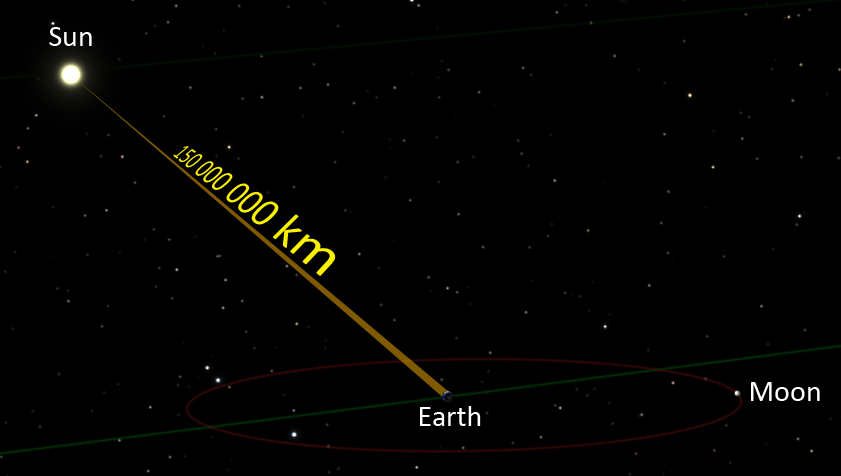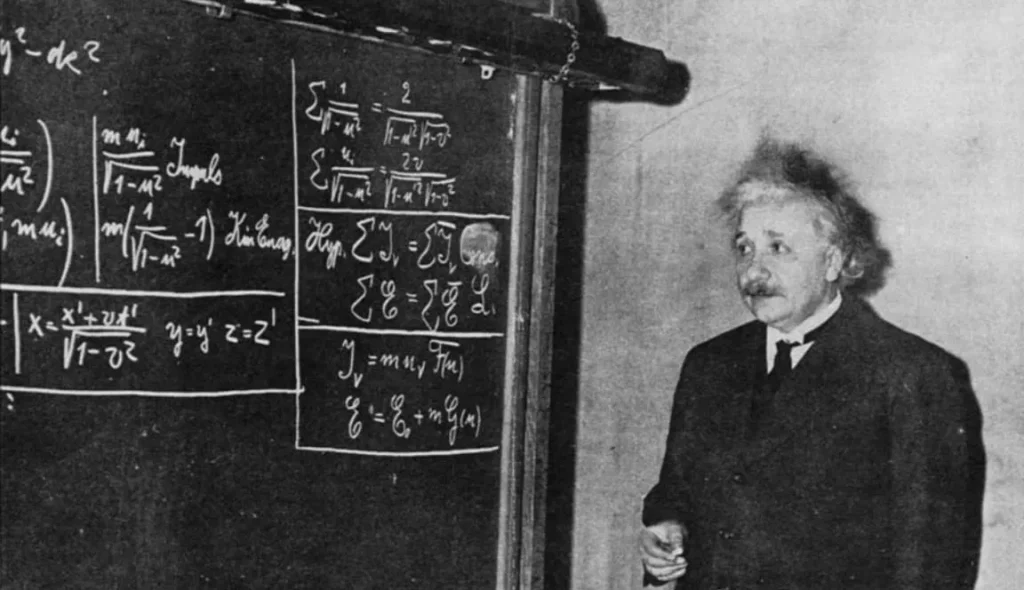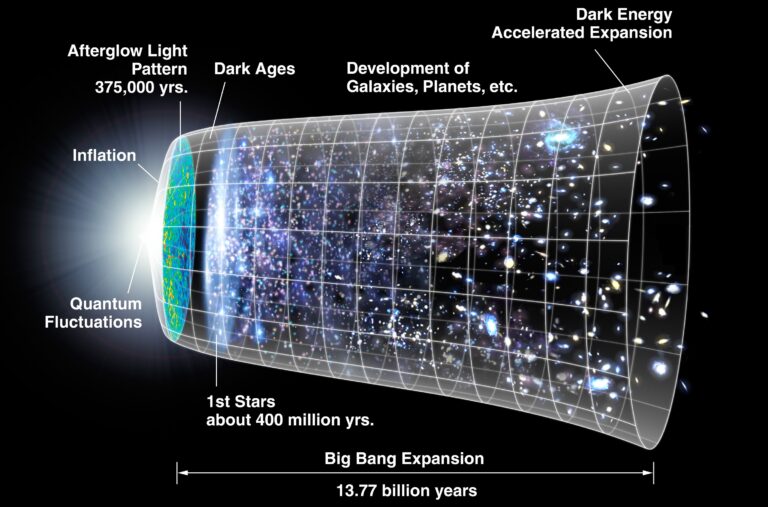Unraveling the Fabric of Reality: As I delve into the mind-bending world of Albert Einstein’s special theory of relativity, I’m struck by how a single idea can completely transform our understanding of the universe. In the spring of 1905, a “storm” broke out in Einstein’s mind, leading to a theory that would forever change our perception of space, time, matter, and energy.
The Constant Speed of Light: A Revolutionary Concept
At the heart of Einstein’s theory lies a deceptively simple yet profound concept: the speed of light is constant. This idea, counterintuitive as it may seem, serves as the foundation for all the strange and wonderful implications of special relativity.
As Einstein himself might have said, “In one moment there was nothing, and the next, everything.” This constant speed of light, approximately 300 million meters per second, became the key to unlocking the mysteries of our universe.

Time Dilation: Clocks in Motion Tick Slower
One of the most startling consequences of Einstein’s theory is that time itself is not absolute. Clocks in motion tick off time at a slower rate compared to stationary clocks. This phenomenon, known as time dilation, becomes more pronounced as speeds approach that of light.
To illustrate this concept, imagine a “light clock” consisting of two mirrors with a beam of light bouncing between them. When this clock is in motion, the light’s path becomes diagonal from an outside observer’s perspective, taking longer to complete each “tick.” This simple thought experiment reveals the profound truth that time is relative to the observer’s motion.
Length Contraction: Objects Shrink in the Direction of Motion
Another mind-bending implication of special relativity is that objects in motion appear shortened along their direction of travel. This effect, called length contraction, is imperceptible at everyday speeds but becomes significant as velocities approach the speed of light.
Picture a New York City taxi cab zooming by at near-light speed. From your perspective, it would appear squished along its length, while its height remains unchanged. This isn’t just an optical illusion—it’s a fundamental property of space-time itself.
The Relativity of Simultaneity: Events Depend on Perspective
Perhaps one of the most challenging concepts to grasp is the relativity of simultaneity. Events that appear to happen at the same time for one observer may occur at different times for another observer in motion relative to the first.
Einstein’s theory shows us that there is no universal “now” across the cosmos. What we consider to be the present, past, and future depends entirely on our frame of reference and motion through space-time.
E = mc²: The Equivalence of Mass and Energy
No discussion of special relativity would be complete without mentioning Einstein’s most famous equation: E = mc². This elegant formula reveals the profound truth that mass and energy are interchangeable.
The implications of this equivalence are staggering. It explains why nothing can travel faster than light (as objects approach light speed, their mass increases, requiring infinite energy to accelerate further), and it forms the basis for understanding nuclear reactions and the awesome power locked within atoms.

The Legacy of Special Relativity
As I reflect on Einstein’s revolutionary ideas, I’m in awe of how a single principle—the constant speed of light—can lead to such a dramatic reimagining of reality. Special relativity teaches us that our intuitions about space and time, built from everyday experience, fall short when describing the true nature of the universe.
The theory continues to be confirmed by experiments and observations, from the precise timekeeping of GPS satellites to the behavior of particles in accelerators. It serves as a testament to the power of human curiosity and intellect, showing us that with careful thought and bold imagination, we can peer beyond the veil of our limited perceptions and glimpse the true workings of the cosmos.
Einstein’s special theory of relativity isn’t just a set of equations or abstract concepts—it’s a profound shift in how we understand our place in the universe. It reminds us that reality is often stranger and more beautiful than we could have imagined, and that there are always new frontiers of knowledge waiting to be explored.
As we continue to push the boundaries of physics and cosmology, we stand on the shoulders of giants like Einstein, peering ever deeper into the mysteries of space and time. Who knows what revolutionary ideas await discovery in the minds of today’s scientists and thinkers?
The next time you look up at the stars, remember that you’re not just observing distant points of light. You’re witnessing the intricate dance of space, time, matter, and energy—a cosmic ballet choreographed by the elegant laws of physics that Einstein helped to uncover.


